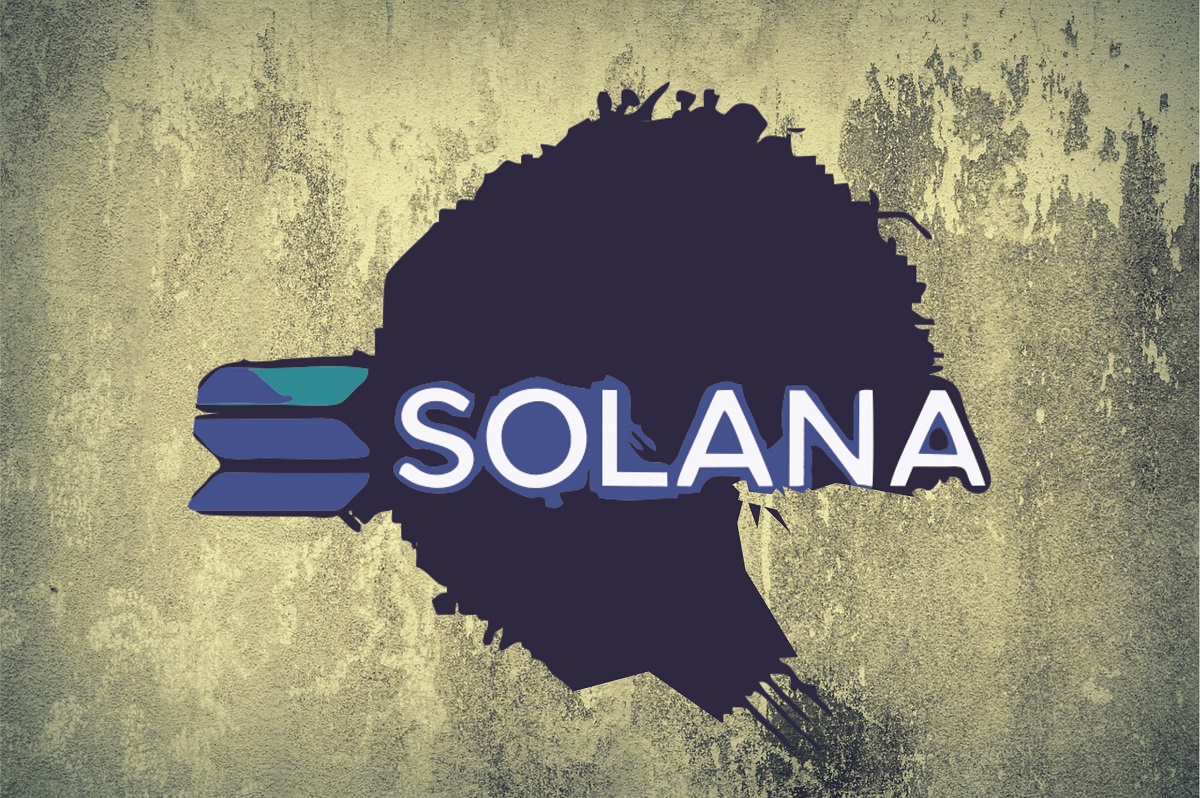Stablecoins on the Solana blockchain have already surpassed $300 billion in transaction volume for January, surpassing the total monthly transfer volume for the previous month, with several days to go. While the blockchain activity is also slowing down, it continues to enjoy widespread usage, breaking its monthly record barely four weeks into January. That is according to January 21 data from Artemis, a blockchain analytics firm.
This new record is the second highest ever for a Layer-1 (L1) blockchain, surpassing all its previous records for monthly transaction volumes. Compared to January 2023, Solana has experienced over 2,500% growth, as transaction volume peaked at $11 billion during the same timeframe one year ago.
The growth comes amid the announcement of its Chapter 2 smartphone, its successor to the Solana Saga. Expected to start shipping by the first half of 2023, Chapter 2 by Solana Mobile achieved nearly instantaneous success, selling more in 30 hours than its predecessor sold in an entire year.
Why the High Monthly Transaction Volume?
The rally began early in December during the JTO airdrop that used the Solana blockchain for token distribution. During the airdrop, Solana eclipsed the Ethereum blockchain in daily trading volume multiple times, ending December with a monthly trading volume of $297 billion.
The monthly transaction volume growth is also not unrelated to the growing popularity of the USDC, which is another stablecoin on the Solana L1 blockchain. Recall that Circle, the stablecoin issuer, recently filed for an IPO to achieve its long-term plan of going public. It also released a report about the state of USDC, detailing plans to compete in the challenging industry of stablecoins.
Additionally, Paxos recently added its stablecoin, USDP, to the Solana blockchain, contributing to the available stablecoin offerings and consequently adding to its monthly transfer volume. While other stablecoins, including USDT and DAI, are a part of the new $300 billion record, USDC remains the largest stakeholder.
The SOL Native Token is Struggling Despite the Blockchain Win
Despite the massive wins recorded by stablecoin tokens on the Solana blockchain, the eponymous native cryptocurrency struggles to maintain a stable price. The coin has fallen 7% over the past 24 hours and trades below $87 on CoinMarketCap. Also, Solana has dropped below its 30-day average price in a bearish run that may continue for the next few weeks, according to analysts.
The coin is not doing well per its 24-hour trading volume, which is currently around $1.8 billion, an over 80% drop from its $5 billion average around Christmas. Unfortunately, the new Solana stablecoin record does not seem to impact the price, as it only continues to fall further from $100.
Recall that the Solana cryptocurrency traded in the triple digits late last year, reaching a high of nearly $125.
What is the Solana Blockchain?
The blockchain was founded in 2017 by Anatoly Yakovenko’s Solana Labs. The Solana Foundation maintains the blockchain. Unlike the Ethereum blockchain, Solana uses proof-of-history, a slight modification on the proof-of-stake model that allows users to time-stamp transactions.
More importantly, it processes around 50,000 transactions per second, making it the fastest blockchain in the industry and an excellent option for stablecoin tokens geared towards payments. Realizing Solana’s promise, most stablecoins started porting to the newer, quicker chain, enabling faster transactions.
Today, stablecoins drive the majority of transactions on Solana, explaining the new $300 billion monthly all-time high record. With Solana’s advantage over similar chains, we can only expect it to drive even more stablecoin transactions over the next few years.
Flaws Still Exist
Despite the blockchain’s many gains, it has faced its fair share of problems in the short time it has been around. For one, the security hasn’t proved to be up to par with competitors like Ethereum, with wallets on the blockchain suffering several hacks in recent history.
Similarly, the blockchain is notorious for frequent downtimes, which isn’t a problem users face with Ethereum. Solana’s structure allowed for a bug that lets bots spam the chain with fake transactions, causing frustrating downtimes for its users.
If Solana’s problems don’t recur, the platform might stay up long enough to become a significant competitor to the Ethereum chain.








